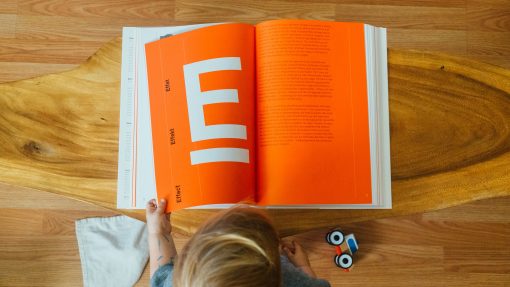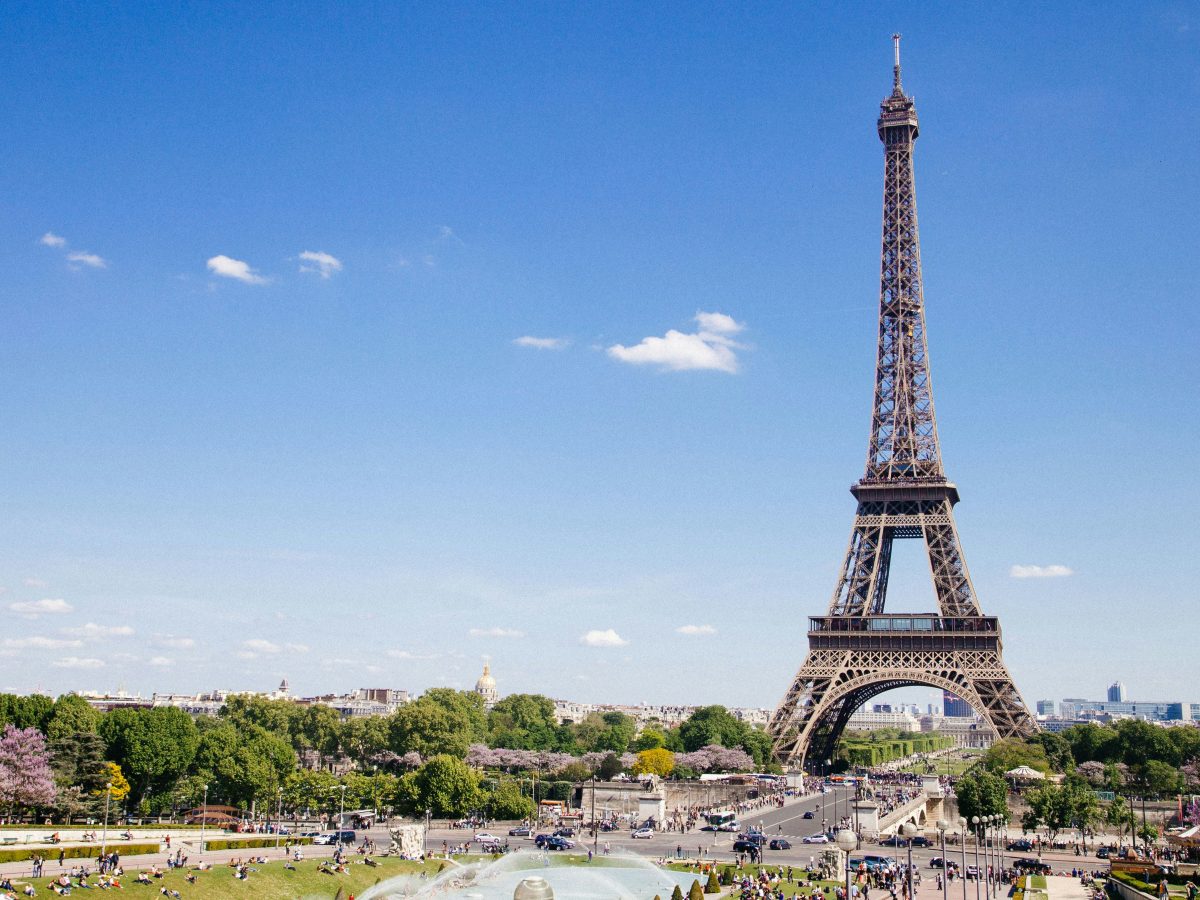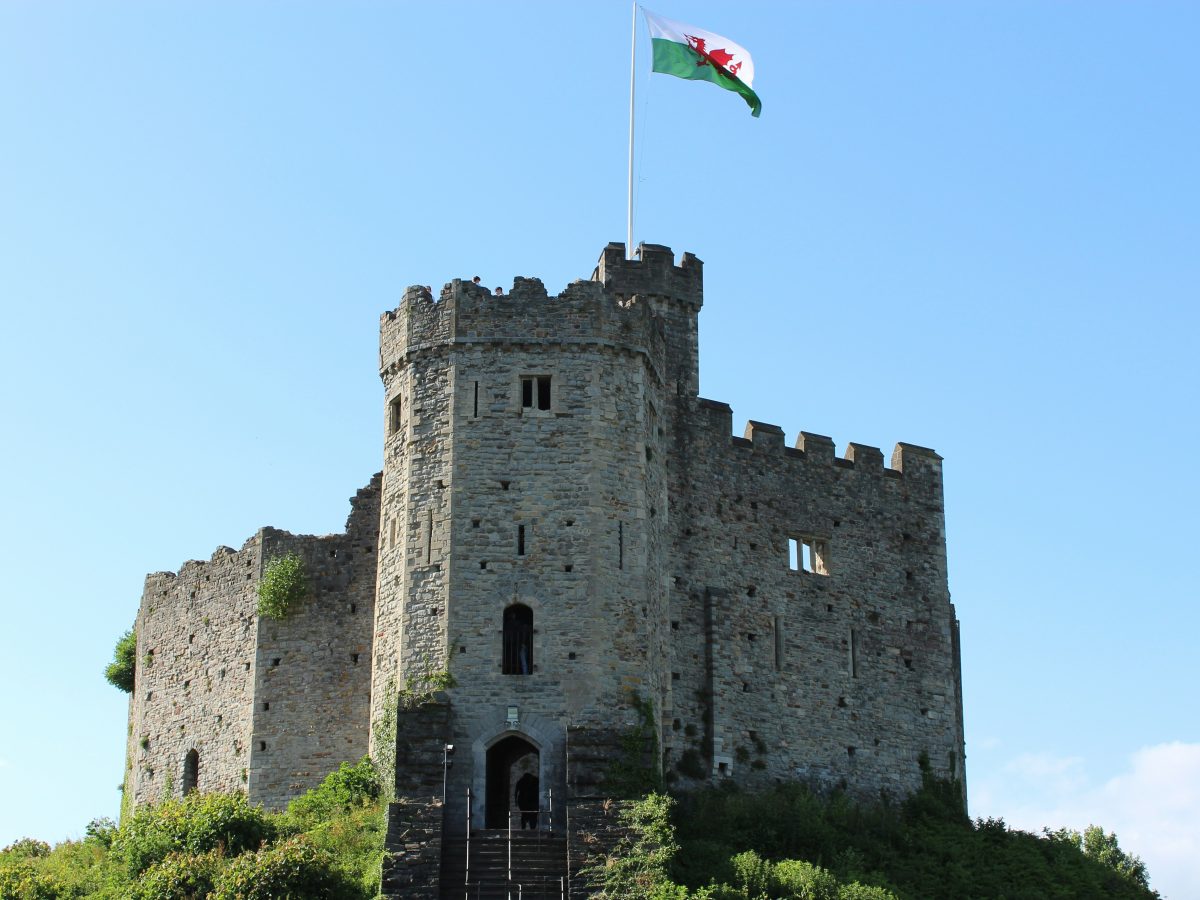𝘈𝘱𝘱𝘳𝘰𝘹 𝘳𝘦𝘢𝘥 𝘵𝘪𝘮𝘦: 5 𝘮𝘪𝘯𝘴🕒
There is only one furniture company that can be found from Nantes to Nanjing to Nottingham. Thanks, in part, to IKEA's localisation efforts, this flat-pack phenomenon is in a league of its own.
So, what are IKEA's localisation efforts?
Here is a short answer. IKEA localises its products, services, product designs, elements of store formats and more to appeal to local markets.
Keep reading this blog to find out:
- More detail about IKEA's localisation strategies
- IKEA's expansion
- Conquering the Chinese market
- Impressing the Indian market
- And more
Painting the world blue and yellow
Founded by the late Swede Ingvar Kamprad in 1943 when he was just 17, IKEA started on a tiny scale. Kamprad, who until then had been a budding entrepreneur selling everything from fish to ballpoint pens, initially sold replicas of his uncle’s kitchen table, diversifying into other furniture soon after.
Kamprad, who started IKEA as a mail-order business, eventually opened the first store in his hometown of Almhult, Sweden. Stores in other Scandinavian countries followed in the 1960s before he opened the first non-Scandinavian stores in Switzerland and West Germany in 1973 and 1974, respectively.
Since then, IKEA has expanded at an astonishing pace, especially because IKEA stores are often purpose-built and require lots of land (its largest store in the world is in the Philippines and is 700,000 square feet). As of July 2025, 486 IKEA stores are operating in 63 markets.
Expanding into Western Europe has been relatively straightforward due to proximity, shared cultural values and lack of red tape. Indeed, when it comes to stores, its biggest market is Germany, with 55 outlets. That’s even more than the US, which has 53.
Yet when it comes to the rest of the world, IKEA's localisation strategy has had to adopt a more measured approach.
Uniformity... for some things
To some extent, IKEA’s many stores have a McDonald ’s-like uniformity. Store design, floor layout, the blue and yellow company colours, meatballs in the cafeteria and the system of jotting down your purchase on a slip of paper before picking it up in a different section – these things seldom change from country to country.
Even IKEA’s quirky product names have been part of the global strategy. By sticking with Swedish names for its products (Eg, “Fyrkantig” and “Ektorp”, meaning “square” and “collector”) it minimises the chance of the sort of dubious language translations that have embarrassed many global companies over the years.
But in other areas, the company has made significant tweaks to its modus operandi which have endeared it to local shoppers. And it does this in meticulous and slightly unorthodox ways.
Up close and personal
IKEA's localisation strategy requires researchers to go into the homes of regular people who live in the areas where they plan to launch stores.
IKEA Chief Executive Mikael Ohlsson told the news agency Reuters in 2013: “Most people don’t really know and can hardly imagine that we visit thousands of homes round every store in the world every year.
“We sit down in the kitchen and talk to them ... That’s the way we try to learn and understand. ‘What are you annoyed with? What are your frustrations? What would you like to have? How much can you afford'?" he said.
Talking of IKEA’s preparations for the opening of its Hyderabad store in India, Amitabh Pande, strategic planner at IKEA India, said that IKEA had conducted more than a thousand home surveys across the country over 18 months.
“There is nothing more powerful than watching and talking to those people in their natural environment. We watched how they cooked, slept and ate…”
IKEA: Conquering the Chinese market
IKEA entered the Chinese market in 1998 and now has 38 stores there. But it has been a steep learning curve in the world’s most populated country.
For a start, the self-assembly of IKEA products was unattractive to Chinese customers who, like their Indian counterparts, are used to employing casual handymen to do their DIY. This goes for most other countries in Asia.
To counter this, IKEA stores teamed up with assembly service companies, based within the store, who deliver and put together the furniture for an additional price. Like Vogue's editions that we have also written about, each store is carefully crafted and localised for its market.
Store location also differs. Whereas in Europe they tend to be on out-of-town industrial estates, in China, IKEA builds them closer to customers because fewer people own cars.
In a country as vast as China, there are also regional differences that have to be considered. For example, a sample in-store balcony exhibit in northern China where balconies are generally used for food storage, will look different to one in the south where they often double as laundry areas.
Naturally, there are some differences in the products sold – e.g., more chopsticks, fewer knives and forks - but the bulk of the 10,000 items sold in Chinese stores are from the standard range.
IKEA: Impressing India
IKEA also localises its cutlery products. Indians, generally, either eat by hand or use spoons. So the company dispensed with its children’s plastic cutlery pack and instead sold different coloured spoons for 15 rupees (around 15 pence).
Also, in the cafeteria, taking into account India’s majority Hindu and large Muslim populations, IKEA took beef and pork off the menu and offered chicken meatballs, as well as additional vegetarian options.
Pertinently, IKEA postponed the opening of its first India store several times until it was confident it got it right. A contrast to the 'open first, figure it out later' mentality of some companies.
Key takeaways from IKEA's localisation strategy
As we've uncovered, IKEA's success can be attributed largely to its localisation strategy.
Here are some key takeaways:
- IKEA conducts extensive home surveys and research to understand the needs and preferences of its target markets. Their data-driven approach allows them to understand local cultures and lifestyles.
- The company, alongside translation and localisation, adapts its products and services to cater to local customs.
- IKEA localises its product designs.
- IKEA partners with local partners to provide convenience to customers.
- Although generally maintaining a consistent store layout and design, IKEA does take localisation steps in its store formats.
- The furniture giant refines its localisation strategy to ensure ongoing success.
Conclusion
IKEA are masters in localisation and it's no wonder the business has conquered so many different markets. Now you can appreciate how and why IKEA did it.
Schedule a free call today to discuss your own localisation strategy.
𝘒𝘦𝘪𝘳𝘢𝘯 𝘩𝘢𝘴 𝘣𝘦𝘦𝘯 𝘸𝘳𝘪𝘵𝘪𝘯𝘨 𝘢𝘣𝘰𝘶𝘵 𝘭𝘢𝘯𝘨𝘶𝘢𝘨𝘦 𝘴𝘰𝘭𝘶𝘵𝘪𝘰𝘯𝘴 𝘴𝘪𝘯𝘤𝘦 2021 𝘢𝘯𝘥 𝘪𝘴 𝘤𝘰𝘮𝘮𝘪𝘵𝘵𝘦𝘥 𝘵𝘰 𝘩𝘦𝘭𝘱𝘪𝘯𝘨 𝘣𝘳𝘢𝘯𝘥𝘴 𝘨𝘰 𝘨𝘭𝘰𝘣𝘢𝘭 𝘢𝘯𝘥 𝘮𝘢𝘳𝘬𝘦𝘵 𝘴𝘮𝘢𝘳𝘵. 𝘏𝘦 𝘪𝘴 𝘯𝘰𝘸 𝘵𝘩𝘦 𝘏𝘦𝘢𝘥 𝘰𝘧 𝘔𝘢𝘳𝘬𝘦𝘵𝘪𝘯𝘨 𝘢𝘯𝘥 𝘰𝘷𝘦𝘳𝘴𝘦𝘦𝘴 𝘢𝘭𝘭 𝘰𝘧 𝘰𝘶𝘳 𝘤𝘰𝘯𝘵𝘦𝘯𝘵 𝘵𝘰 𝘦𝘯𝘴𝘶𝘳𝘦 𝘸𝘦 𝘱𝘳𝘰𝘷𝘪𝘥𝘦 𝘷𝘢𝘭𝘶𝘢𝘣𝘭𝘦, 𝘶𝘴𝘦𝘧𝘶𝘭 𝘤𝘰𝘯𝘵𝘦𝘯𝘵 𝘵𝘰 𝘢𝘶𝘥𝘪𝘦𝘯𝘤𝘦𝘴.







